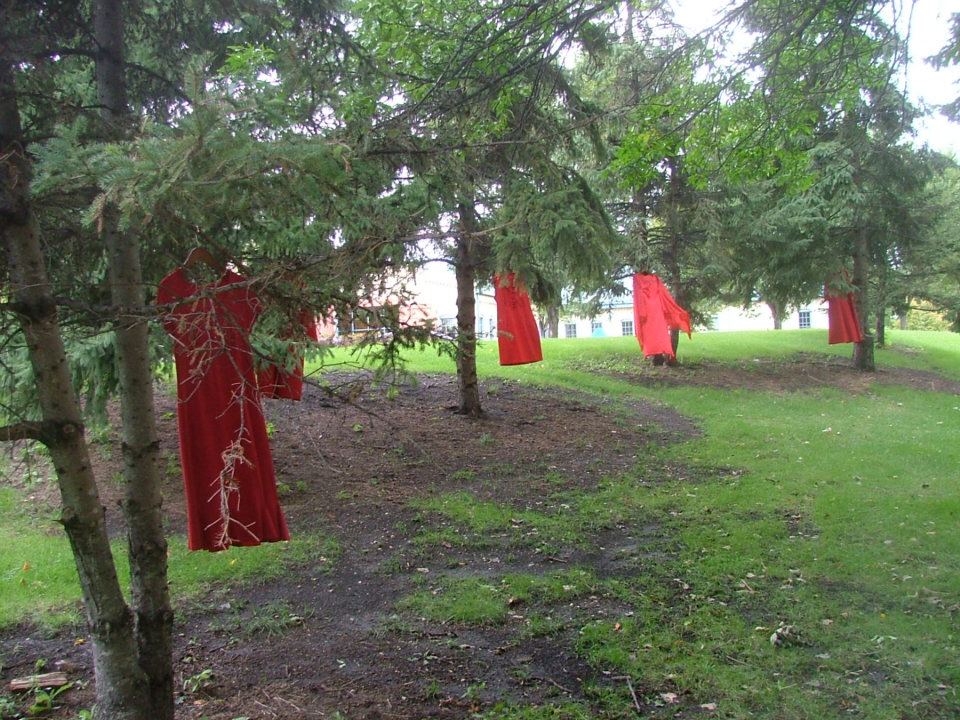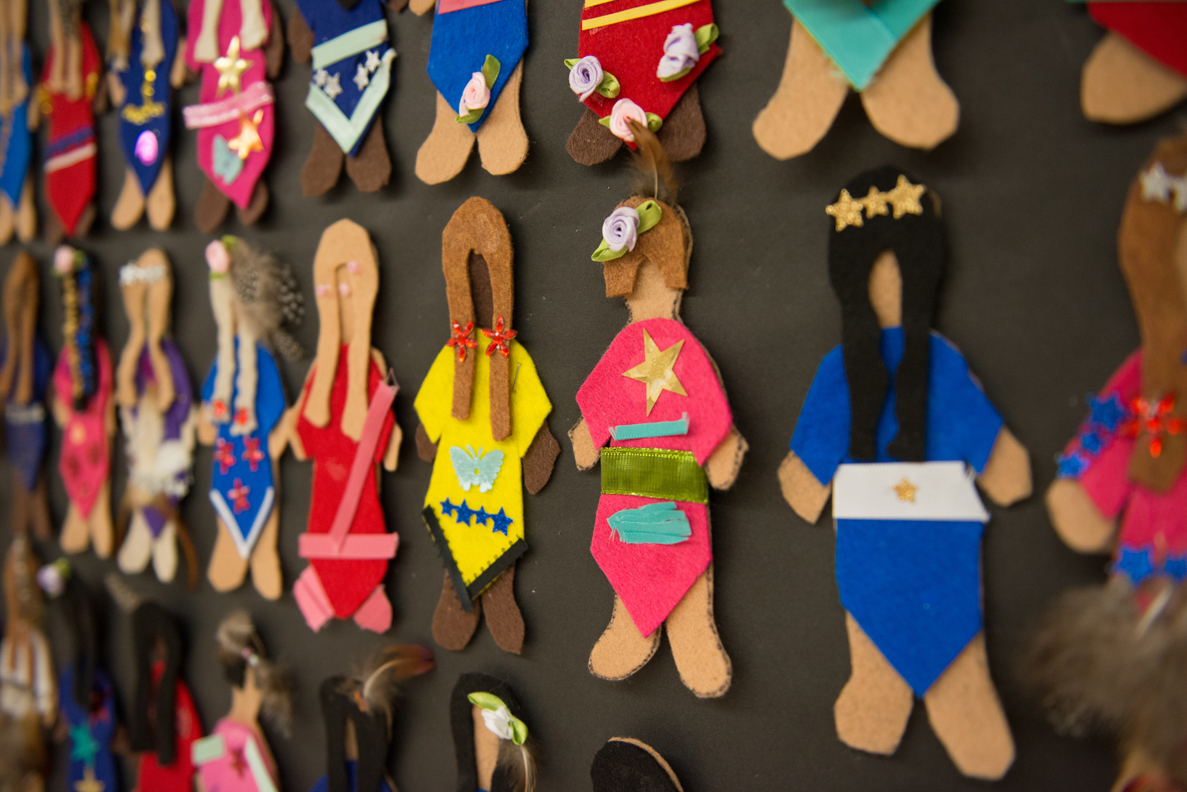Today in 2018, Native Women's issues are different to those of yester-year. Many of our sisters have been abducted, assaulted, murdered, and so many are still missing. The organizations below are all dealing with this in their own way, trying to get awareness out about this terrible thing happening to the Indigenous women of the past 30+ years.
Anna Mae Aquash, a Canadian-born Mi’kmaq Indian activist may well have been one of the first. On November 25, 1975 she was found to be missing. For three months her whereabouts were unknown. On February 24, 1976, her remains were discovered on the Pine Ridge Reservation. She had been shot.


Each pair of moccasin tops are intentionally not sewn into moccasins to represent the unfinished lives of the women and girls.
This project is about these women, paying respect to their lives and existence on this earth. They are not forgotten. They are sisters, mothers, daughters, cousins, aunties, grandmothers, friends and wives. They have been cared for, they have been loved, and they are missing.

'The Aboriginal women and girls who are missing or have been murdered are victims of crime, and therefore faceless. They are also faceless because they are devalued by society.The dolls are a visual representation of the girls and women who need to be remembered and they offer a way to find closure for their grieving families. In the known cases of missing and murdered women and girls, they are people’s sisters, mothers, aunts, grandmothers, and friends. Their unsolved cases leave a void in their families’ lives. These women and girls have also been forgotten by society. When I posed the question to a group of students, “Does anyone know why the dolls are faceless?” one grade 8 student said, “Society has stopped looking for them.” CORINE BANNON
Do check out these organizations, and others that deal with this problem, and please be careful out there.